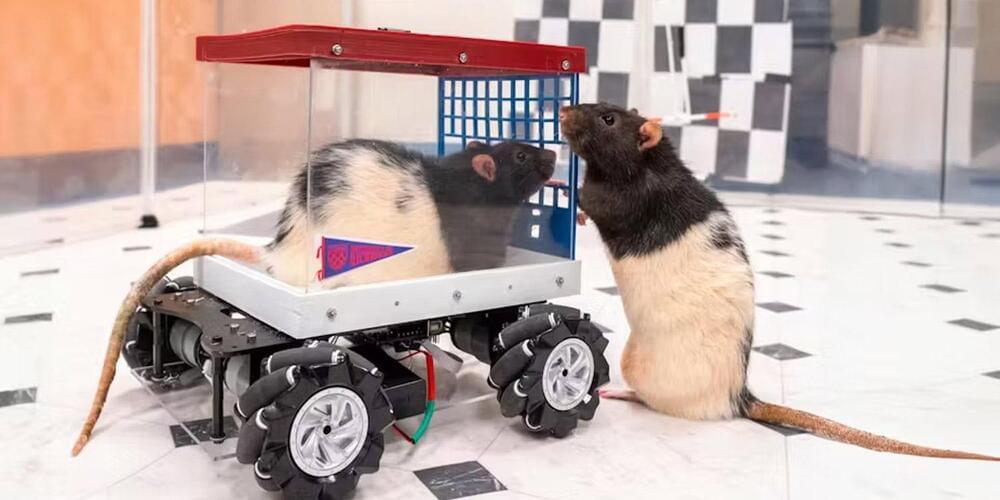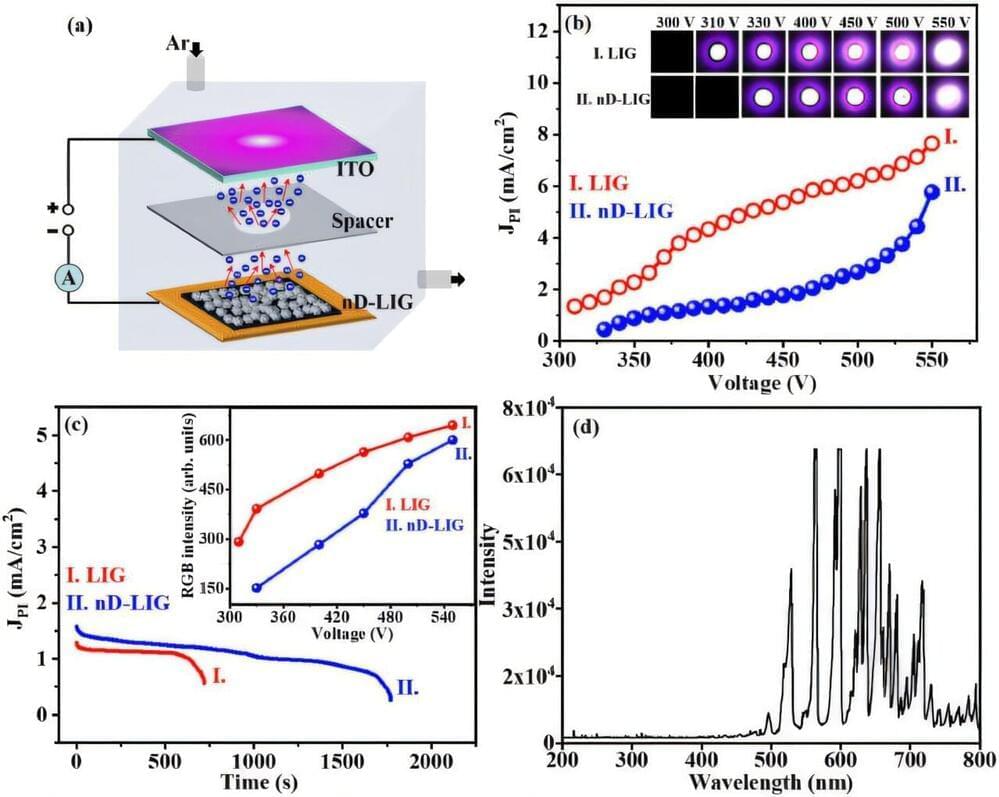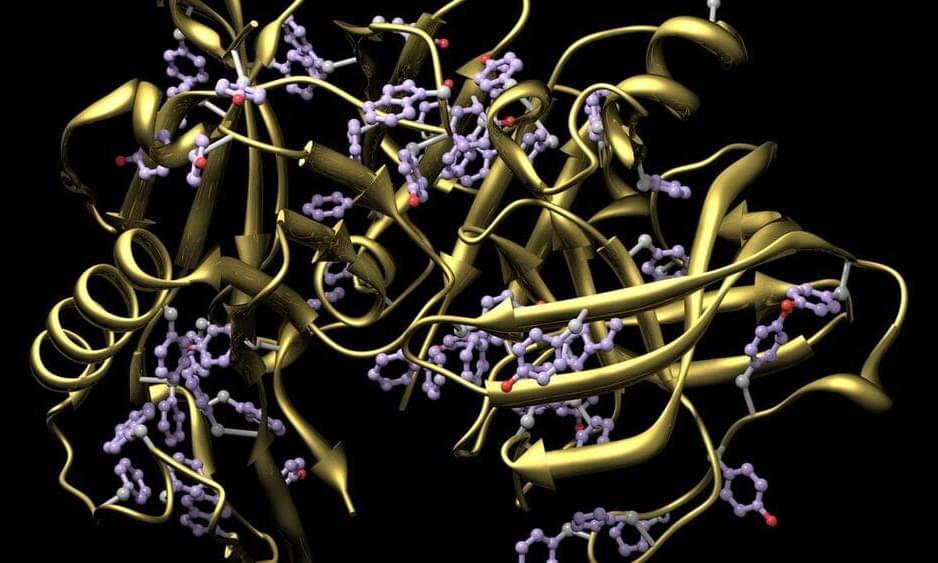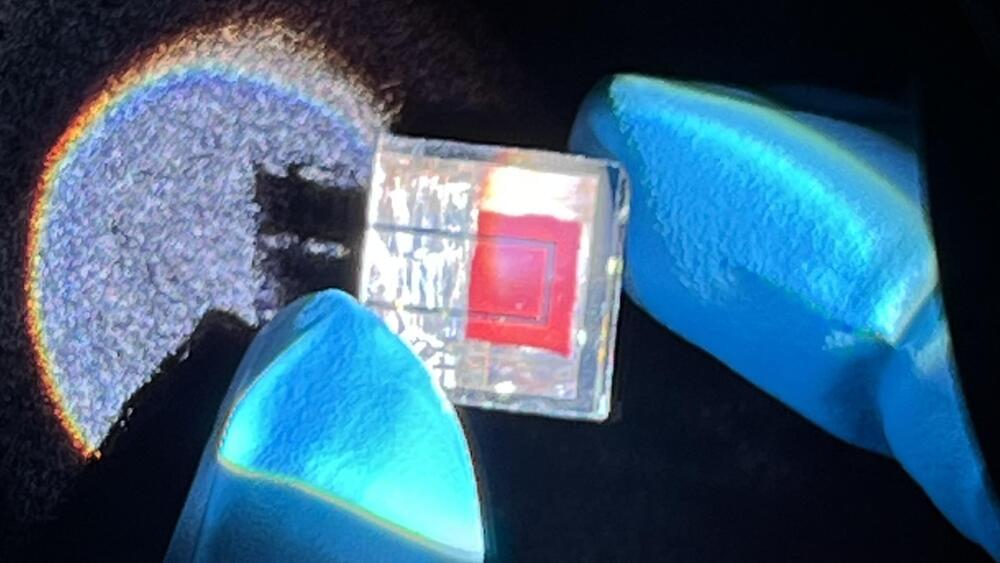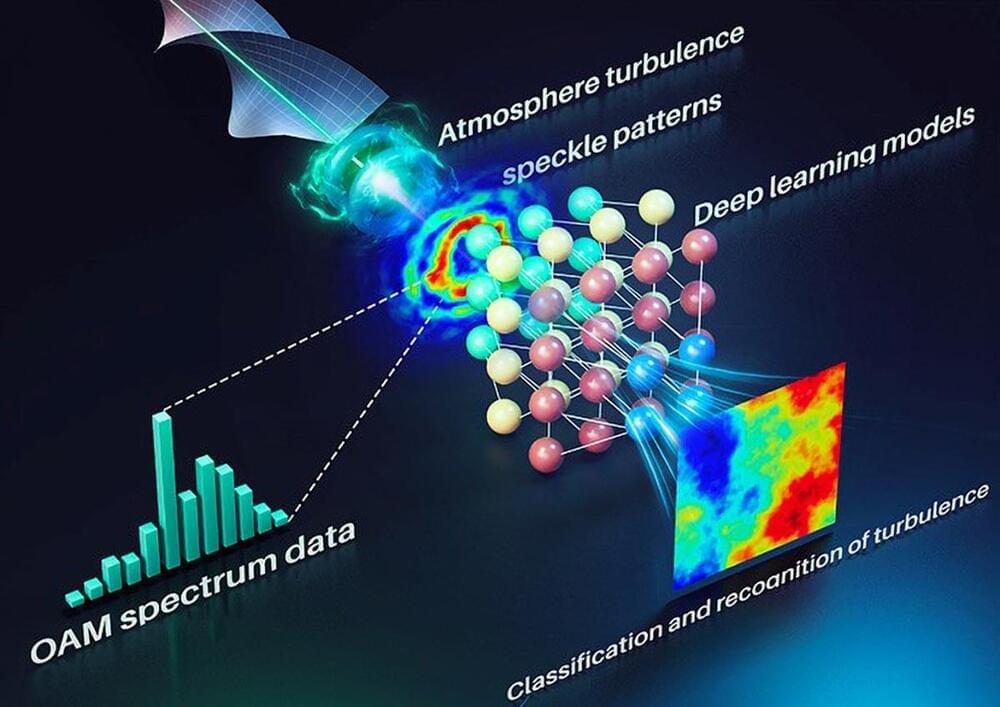We crafted our first rodent car from a plastic cereal container. After trial and error, my colleagues and I found that rats could learn to drive forward by grasping a small wire that acted like a gas pedal. Before long, they were steering with surprising precision to reach a Froot Loop treat.
As expected, rats housed in enriched environments – complete with toys, space and companions – learned to drive faster than those in standard cages. This finding supported the idea that complex environments enhance neuroplasticity: the brain’s ability to change across the lifespan in response to environmental demands.
After we published our research, the story of driving rats went viral in the media. The project continues in my lab with new, improved rat-operated vehicles, or ROVs, designed by robotics professor John McManus and his students. These upgraded electrical ROVs – featuring rat-proof wiring, indestructible tires and ergonomic driving levers – are akin to a rodent version of Tesla’s Cybertruck.
